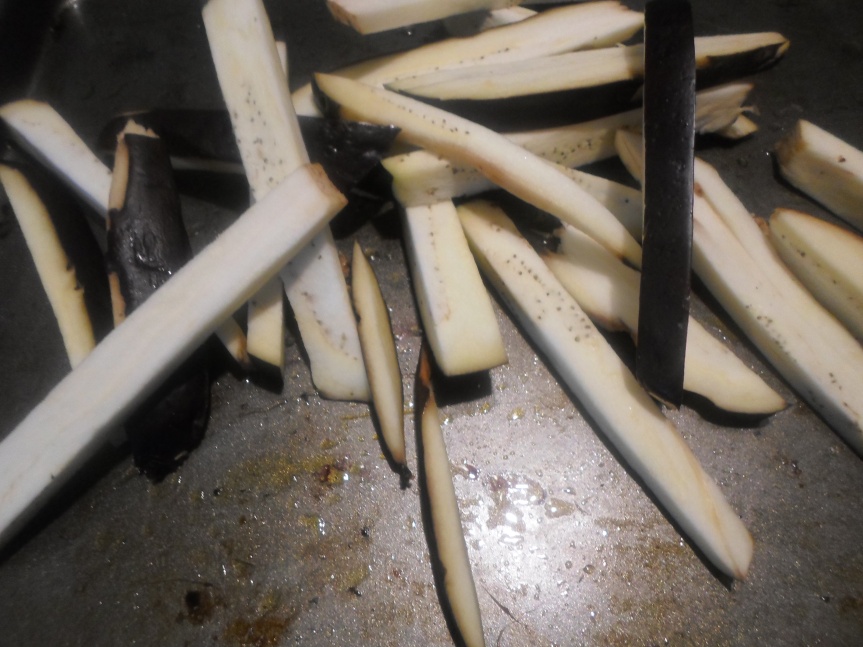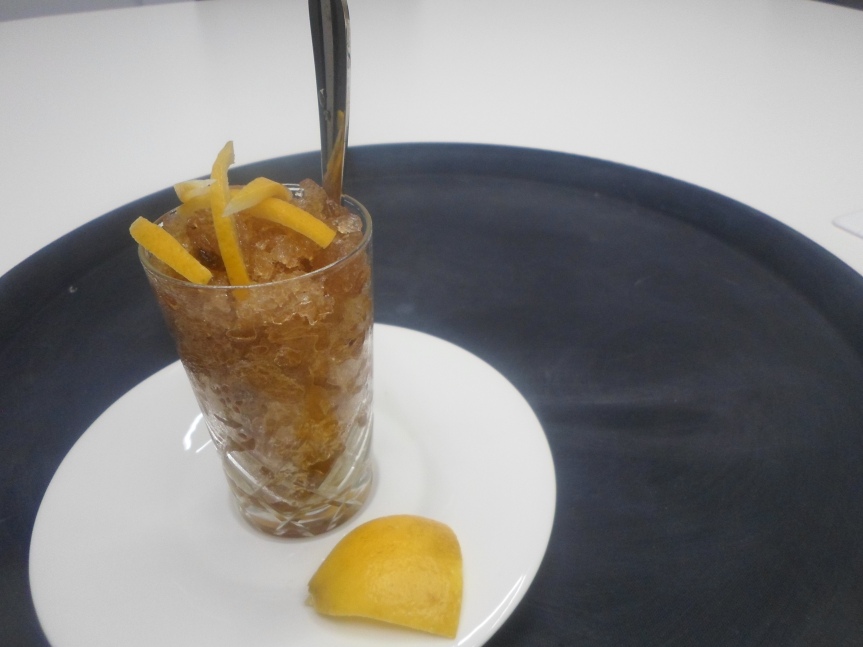One of the (many) perks of living in Europe, is how easily accessible such a wide range of fruits and vegetables are. Because of New Zealand’s geographical isolation, the cost of importing out of season produce is hardly economically viable, and vegetables that are grown in greenhouses, like tomatoes, lack that fresh, powerful flavour that real sunshine gives them.
Aubergine is one of my favourite vegetables; no doubt I have harped on about it numerous times already and I love that in Europe I can eat them basically all year round for almost the same price in any month; back home winter price can be at least three times the price in summer- sometimes even more!
Even though I am the first to sing the eggplant’s praise, I am not in a hurry to admit that it isn’t the perfect vegetable – it does have one to two faults. One of those being that it has to be cooked. Well. Unlike many a vegetable that we find one our tables and plates during the warmer months, we cannot toss it through a salad like cucumbers or carrots, nor can we barbeque or pan-fry them; relishing the soft crunch as we sink our teeth into them. Eggplant requires a relatively lengthy cooking time – the kitchen isn’t exactly my ideal summer destination.
This recipe is something I picked up in el país vasco – the Basque country of northern Spain. Not only are they delicious, but they need hardly any prep time and can be left in the oven to cook while you do something a bit more fun!
I love the crunch that thinly sliced aubergine gets when it is baked in a hot oven. I find the nutty flavour of the eggplant is a real showpiece of this dish; subtle and savoury in contrast to the spicy seasoning I added.
While your oven is heating to 180°C, slice your eggplant in half, then into thin fingers about 1cm in width. The taller sections can be sliced in half, or even thirds. The fleshy centre isn’t going to crisp up as well as the firm outer layer; you can discard it if you want but I don’t like waste and it is delicious all the same.
Now for the pièce-de-résistance; the spices are what really bring this dish to life. As I am not one for carefully measuring anything out, I will leave the proportions up to you. Place you eggplant fingers in a large bowl and liberally drizzle them with olive oil. Along with a dash of salt and pepper, sprinkle with cayenne pepper, chilli powder, a hint of ginger and cinnamon. While neither the ginger nor cinnamon are traditionally used in this tapa, the sweet, whispering undertones really enhance the flavour.
Toss the contents of the bowl until they are well combined, adding additional oil or seasoning as you see fit, before roasting for 25-30 minutes.
Serve with a simple yoghurt sauce, like the one I used here, and some chopped parsley for a bit of freshness to cut through the spice. I think many people don’t see the benefits of eating spicy food in hot weather like this because it makes you sweat more; but sweating is actually a good way for your body to regulate its temperature and excrete toxins. The yoghurt sauce will cool your mouth while the spices warm your body – especially the cayenne pepper and ginger which are good for circulation. So, putting two and two together, I think what I am saying is that by eating my spicy eggplant fries every day, not only am I creating a delicious meal, but I am also doing wonders for my body! Oh, très fantastique!














